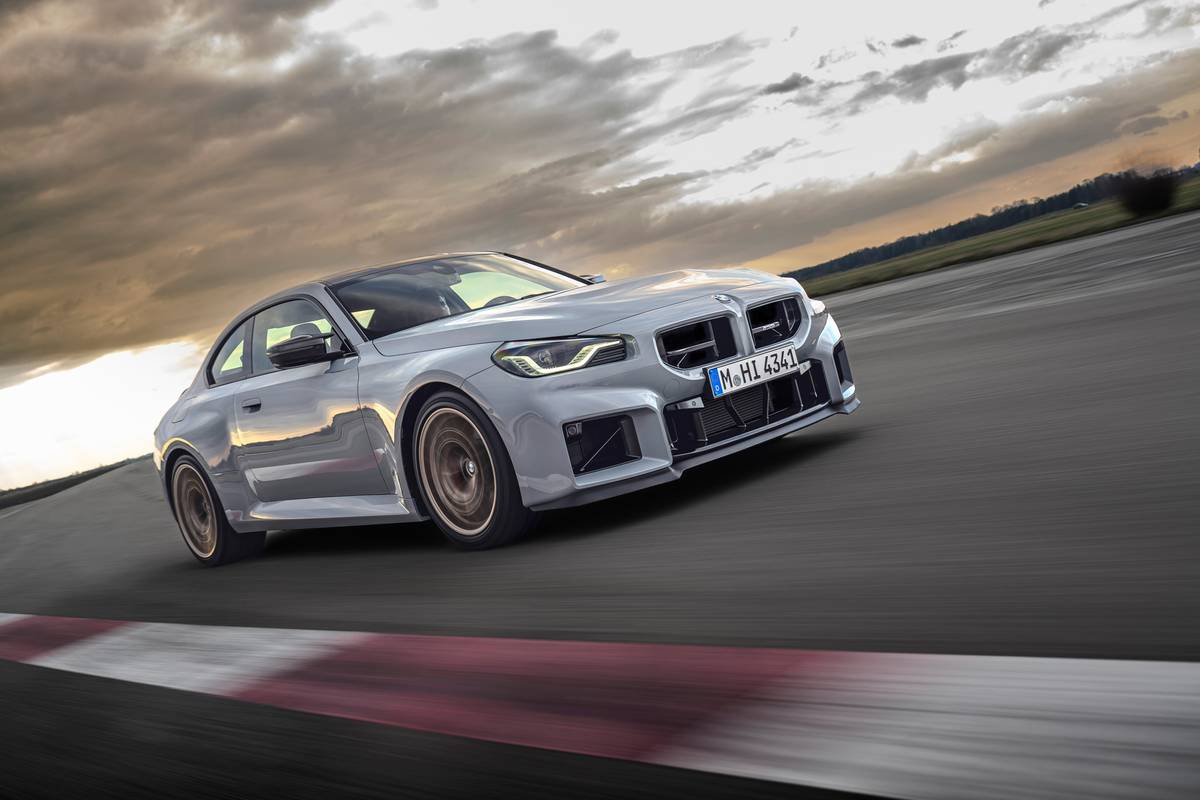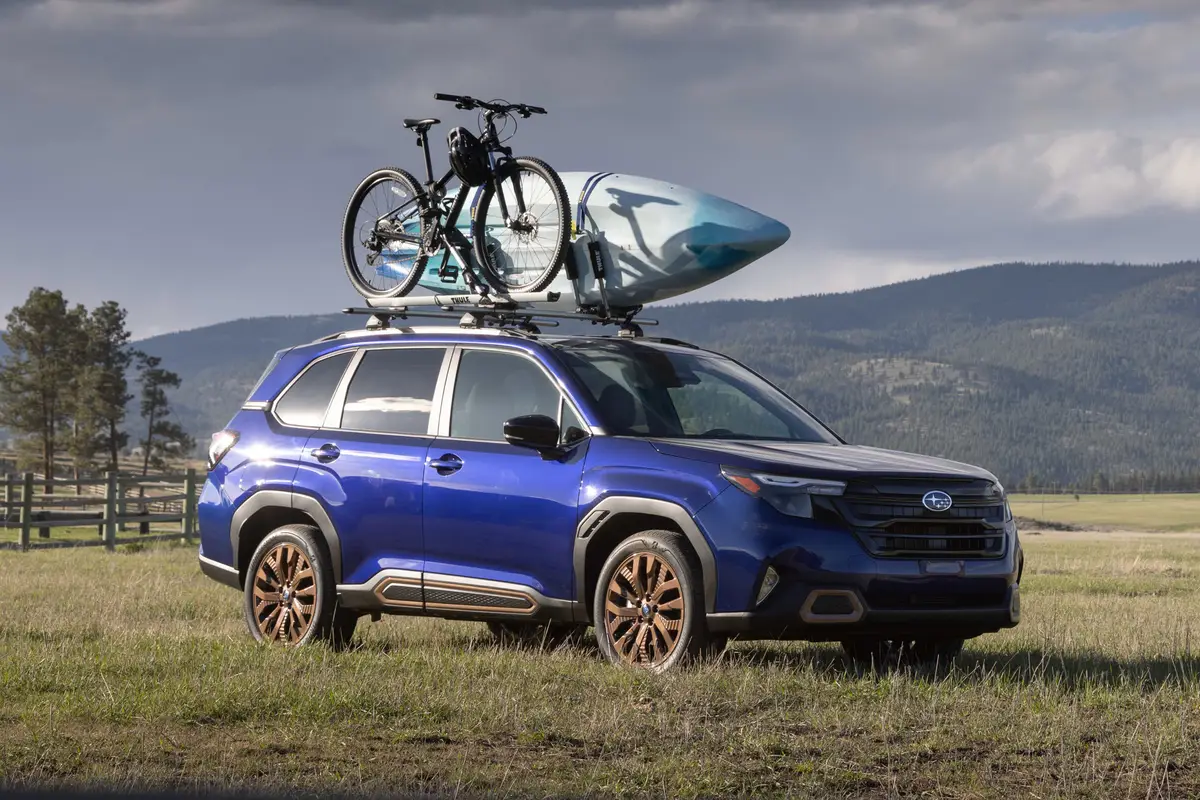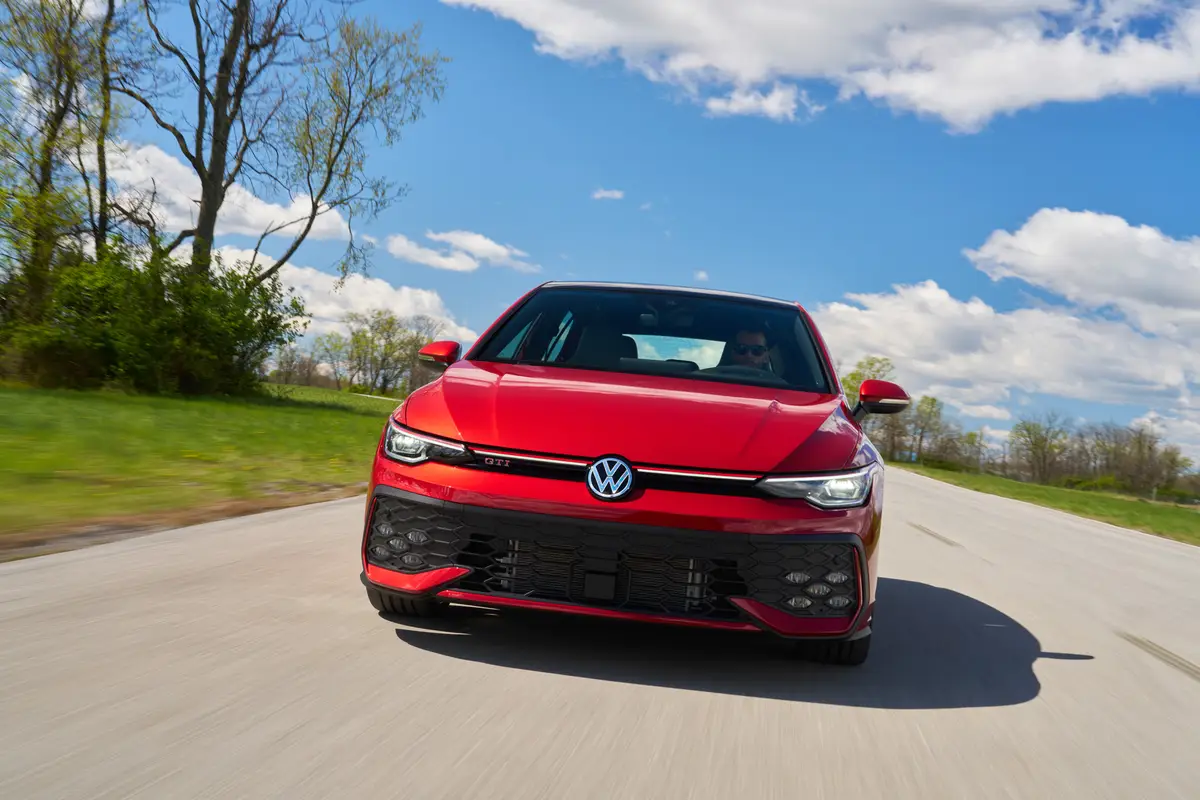Boston.com's view
2004 Toyota Sienna
Utilitarian van shows a huge improvement
Toyota’s foray into the minivan market has produced a curious blend of misfires and hits.
After Chrysler introduced the the minivan to the world in 1984, Toyota, never a company to let a good idea go untouched, jumped into the market with that shoebox-on-edge — the ghastly Van Wagon that sat top-heavy astride what looked like tiny underpinnings. That run lasted from 1984-1989 and was not, in my book, one of Toyota’s finer creations.
In 1991, however, the company got it right with the Previa, that great egg-shaped oddity that came in rear-wheel-drive and all-wheel-drive and was wonderfully reliable. My family put a quarter million miles on one, and during its time with us we did little more than change oil, brakes, and tires.
But the Previa proved too strange for some customers and, in 1998, Toyota introduced a more traditional-looking van, the Sienna. It was reliable and solid, but, compared to the hottest van in recent years, the Honda Odyssey, the Sienna was too small and not as utilitarian. That you could not lower the third row of seats flat into the floor was a major complaint, and it didn’t have that family-room-on-wheels feeling that minivan adherents often seek.
Now, Toyota has redesigned the Sienna and, with the 2004 version, may have surpassed the Odyssey.
The 133.4 cubic feet of cargo space in the earlier Sienna has been boosted to 148.9 cubic feet. And multiple seat configurations allow you to turn a van that seats either seven or eight people, depending on middle row seat options, into a van that can haul a full sheet of plywood. It’s roomier all around than the Odyssey.
The middle seats can be removed. The rear seats, tilted forward, leave a giant bin for groceries. It’s easy to reach the third row of seats from the sliding doors because the middle seats flip forward on counter springs. If you choose a split bench for the second row, the center of the seat pulls forward so the driver could reach a child.
The interior is a wonder of usefulness. A center console between the front seats can be removed for walking access to the rear. If you choose to put captains chairs in the middle row, the console can be reattached between them. Cup holders, storage bins, and extra power ports are found all over the place, even in the sculpted armrests for third-row passengers.
Wood-like trim, simple Toyota styling, textured dash finish materials, leather seats, and padded leather trim at elbow areas give this as-tested XLE Limited (the Sienna’s high-end version) a sense of elegance.
Toss in the DVD player with wireless headsets (part of a $1,750 option package), and the kids are quiet on long trips.
The Sienna comes in four models — CE, LE, XLE, and XLE Limited. All-wheel-drive is available on all but the base CE. The test car had front-wh eel-drive. The AWD option costs an extra $3,000 on top of the base prices, which range from $24,000 to $34,000.
The Sienna is powered by a 3.3-liter, 6-cylinder, dual overhead cam engine that produces a smooth 230 horsepower and 242 lb.-ft. of torque. That about doubles the power output of the original Van Wagon and is up 20 in both horses and torque over the earlier Sienna.
The five-speed automatic transmission has a shift lever that emerges from a notched gate at center dash. The positioning frees up space for that console.
Safety features include multistage front air bags, front-side air bags, and curtain air bags (which drop from the windows) for all three rows of seating. The side protection is standard on the Limited, optional on the other models. ABS, skid control, and brake assist are also standard. The brakes are discs all around on AWD and Limited models, with discs up front, drums in the rear on the others. The Limited also gets laser cr se control and electronic side parking assist, which gives an audible warning if you’re close to bumping an object.
The Limited comes with power windows and power sliding side doors, as well as power lift on the rear gate.
On the road, the Sienna was agile and smooth. No big body lean in corners, slightly soft yet responsive steering, and great stopping power. And the turning radius — less than 37 feet — was simply outstanding in a vehicle so large.
Until now, that good old egg known as the Previa was my favorite Toyota van. The Honda Odyssey my favorite of all vans. This new Sienna has me reconsidering that last choice.
Nice touch: The fish-eye mirror that drops from center ceiling gives a great view of what the kids are up to in back.
Annoyance: This is a frequent complaint I have with Toyota: I wish they’d put some stiffness in the bolsters on the sides of the sculpted bucket seats. Long-term comfort is at stake here.
Latest news



